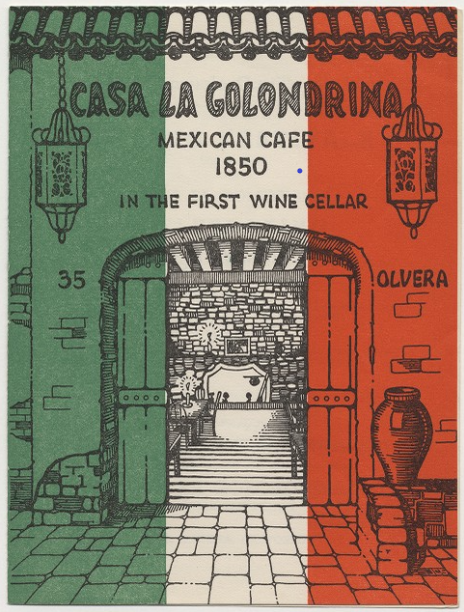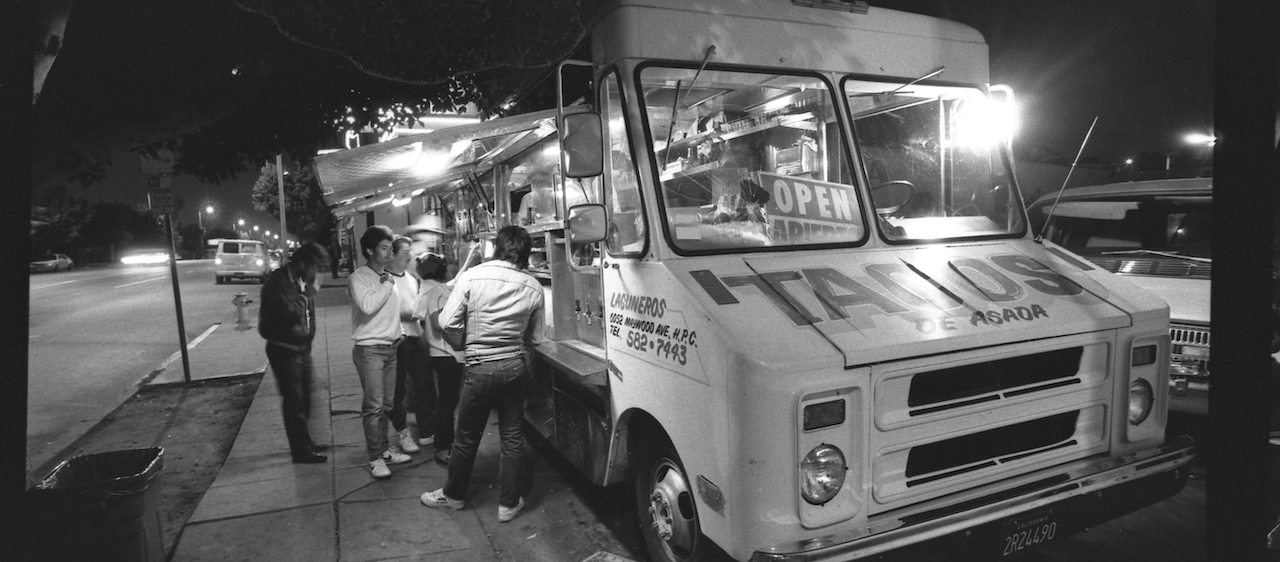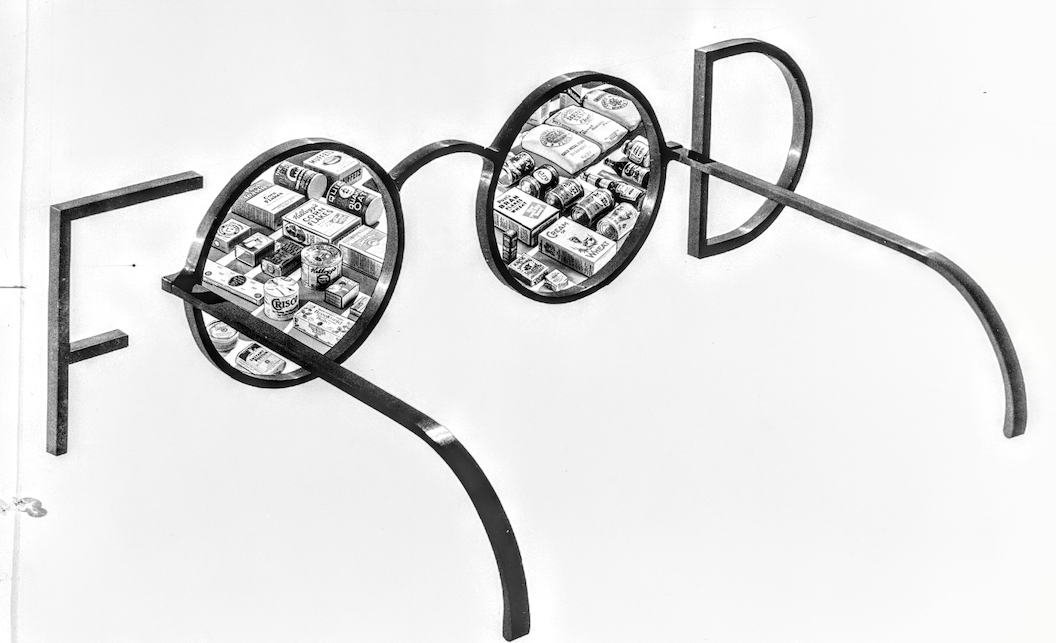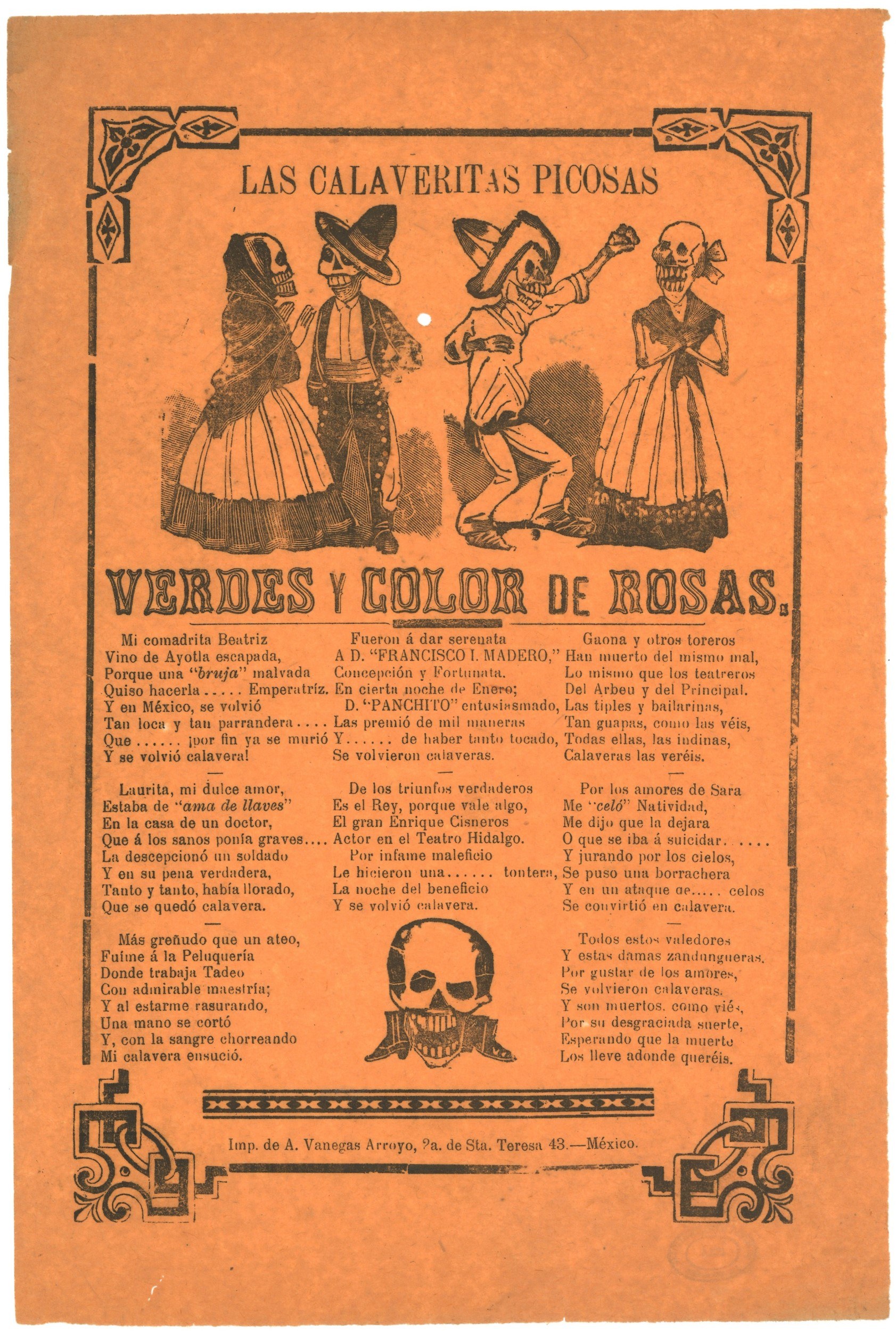More Information

As part of #AskAnArchivist Day on October 11th, we interviewed Lizeth Ramírez about her experience working as an archivist. #AskAnArchivist Day coincides with American Archives Month, which aims to break barriers that make archivists seem inaccessible and help the public understand the value of archives.
Ramirez has been a librarian/archivist for Los Angeles Communities and Cultures at the UCLA Library since 2019 and is currently part of the LAUC-LA Librarian of the Year Committee.
Read on for the insight she provided into her career.
An archivist works to collect, preserve, and/or provide access to historical materials for scholars, researchers, and everyday people interested in various topics, including everything from rare books to photographs that capture historical people, events, organizations and more.
What inspired you to become an archivist?
I have always been a fan of libraries and books, though I didn’t really think of working in libraries as a career. I studied anthropology as an undergraduate and there are parts of being an archivist that remind me of anthropology, specifically its interest in recording the cultural lives of various people.

What degree or training did you need for your position?
In order to work as an archivist and librarian, I needed to acquire the Masters in Library and Information Science (MLIS). The MLIS degree does allow you to specialize in any area you are interested in, so I focused on archival work.
What’s your favorite part of being an archivist? Least favorite part?
My
favorite part of being an archivist is getting to learn about the
history of various communities and cultures in Los Angeles and Southern
California. Being an archivist means always having the opportunity to
learn and to engage with historic materials, like books, photographs,
papers, and other documents.

In addition, being an archivist and
librarian at UCLA means I get to engage and work with a wide range of
materials, including very beautiful illustrated manuscripts. My least
favorite part of my job is getting stuck in traffic when commuting to
UCLA and various places that I drive to in the course of my work.
What does your day-to-day work look like?
For an archivist, every day can involve different work. Some days my focus is on working with possible donors to see if their collections are good additions for UCLA Library Special Collections. Other days the focus is on existing collections, either reappraising collections to see if they fit our collecting priorities or making sure they’re ready for description and use. As a staff member in Library Special Collections, I also participate in instruction, introducing students to our collections and how to research them. There is always something interesting to work on.
What is the oldest item you’ve seen in the collection?
I tend to use collections that focus on Los Angeles, so I don’t usually work with the older items in our collections. The oldest items from our collections that I’ve gotten to see and/or work with directly are our illustrated manuscripts. You can see some of these online on the UCLA Library Digital Collections website.
 (opens in a new tab)
(opens in a new tab)What is one aspect of the job of an archivist that is often not included in the job description?
One aspect is navigating the emotions of those donating materials to UCLA Library Special Collections. People are either donating their own life’s work, or the life’s work of one of their loved ones, so there is often an emotional element to the process of acquiring collections. It’s something we need to respect and give space to in the archival process.
What unexpected item(s) have you found in the collections?
One thing that often ends up in collections are food related items. Once, I believe I even ran across something that had water in it! We aim to avoid acquiring organic materials like these, partly because they cannot be preserved over time, but primarily because they will attract pests and can damage other nearby materials.
 (opens in a new tab)
(opens in a new tab)What is your favorite collection?
I don’t think I have just one favorite collection. I will admit to a preference to materials that relate to Los Angeles history, particularly anything that has to do with the older areas of the city, like Olvera Street. Based on my own interests, I do like looking at the Collection of Ephemeral Mexican Popular Literature Published by Antonio Vanegas Arroyo – it contains materials by José Guadalupe Posada, who is one of my favorite Mexican artists.

